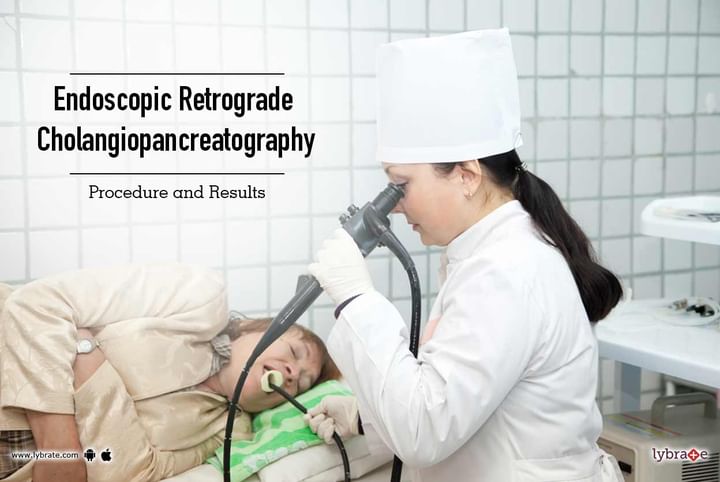Endoscopic Retrograde Cholangiopancreatography - Procedure and Results
Sometimes, when it comes to problems in the abdominal area, an ultrasound is not clear enough for a diagnosis. In such cases, an Endoscopic Retrograde Cholangiopancreatography (ERCP) may be performed. This procedure gives the doctor a clear view of the duodenum, bile duct, pancreatic ducts, gallbladder and papilla of Vater.
This procedure is usually performed under intravenous sedation without general anesthesia. This procedure involves the use of a duodenoscope, which can be described as a thin, long, flexible tube with a camera at one end. It also has a fiber optic bundle that transmits lights to the camera and a chip to transmit video images to a TV screen.
This is inserted through the patient’s mouth and sent down the throat through the food pipe to the stomach and duodenum while the patient is lying on his or her back. The air pipe is left undisturbed so as to not interfere with the patient’s breathing. Since the patient is not under general anesthesia, he or she can move and turn according to the doctor’s needs. The papilla of Vater is a small nipple like structure with an opening to the bile duct and pancreatic duct. Once this has been identified, a small plastic catheter is passed through the duodenoscope into the bile duct or pancreatic duct through the papilla. Dye is then injected into the area and X-rays are taken of the bile ducts and pancreatic duct. In cases where a biopsy is needed, other instruments can also be passed through the endoscope. Plastic or metal stents can also be passed through this to relieve obstructions in the bile ducts and pancreatic ducts.
ERCP can be used to diagnose and treat a number of conditions in the liver, bile ducts, gall bladder, pancreas and papilla of Vater. These include:
• Blockage of the bile duct by gallstones, cancer, scars, tumors or compression from adjacent organs.
• Jaundice due to an obstructed bile duct. This can also cause light stools and dark urine.
• Persistent upper abdominal pain
• Unexplained weight loss and loss of appetite
• Diagnosing a Dysfunctioning Sphincter of Oddi within the Papilla of Vater
ERCP can also be used to confirm pancreatic cancer and cancer of the bile duct. Once the diagnosis is confirmed, the doctors can customize treatment according to the patient’s needs.



+1.svg)
